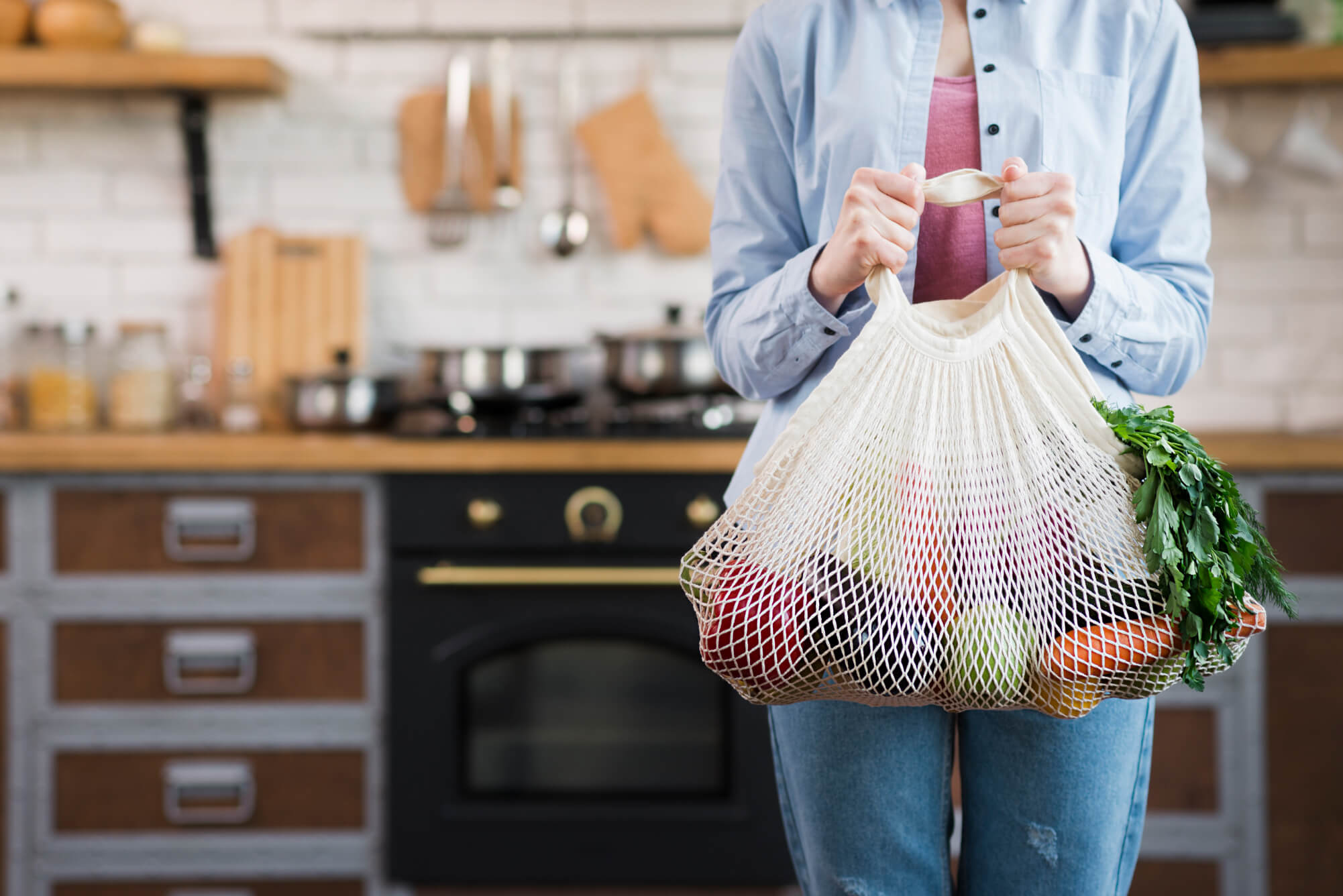Shoppers use two types of mental processes that tend to operate in parallel in any given task; System 1 makes fast automatic decisions largely based on habit and familiarly whilst System 2 makes decisions based on a careful consideration of the facts and information available using more effortful cognitive processing.
Sustainable shopper behaviour and the environmental benefits of decisions made today result in benefits years down the road that shoppers themselves may not even realise, and therefore, they almost always involve System 2. In other words, shopping with sustainability in mind is mentally more taxing than shopping as we’ve become conditioned to shop.
Consider the typical big grocery shop. System 1 reacts emotionally and wants to grab all the usual items and complete the mission with as little mental effort as possible. System 2 considers the benefits of being a more sustainably-minded shopper and attempts to override the easier, less effortful and less sustainable option. These two systems make sustainability a challenge. It almost always involves overriding System 1; the less effortful, or more attractive, short‐term option.
So, how can we become more sustainable shoppers?
It is crucial that sustainability‐driven organisations understand how and why shoppers make purchase decisions, consume, conserve and dispose of products that affect the environment.
There are 3 core ways in which we can become more sustainable shoppers. Firstly, we must make sustainable purchase decisions easier to make. Secondly, we need to make sustainable products more visible in-stores. And thirdly, in-store messaging should become more focussed on the gains of tomorrow than the losses of today...
1. Make sustainable purchase options easy
We must make the sustainable purchase options mentally easier to consider and buy. One key way we can achieve this is by offering economic incentives and nudges.
Brands and retailers can and do use nudges that predictably change behaviour. Nudges are positive reinforcements, small suggestions or changes in the choice architecture intended to influence the behaviour of shoppers.

Default choices that require consumers to actively opt out of something if they do not want it have proved to be an effective way to influence behavioural change. Defaults work by taking advantage of shoppers’ status quo bias. Status quo bias refers to people's preference for the current state because any changes to the status quo are perceived as effortful and to be avoided.
The results from a large‐scale German field study (N = 41,952 households) investigating green energy defaults showed how persuasive defaults can be (Ebeling & Lotz, 2015). In this study, participants were randomly assigned to one of two conditions. In one condition, consumers had to actively opt into more expensive green energy. In the other condition, they had to opt out of the green energy to avoid passively purchasing green energy.
The decision to opt in or out was presented in a basic website layout with the corresponding box for green energy either pre‐selected (opt‐out) or not (opt‐in). The results showed that setting the default choice to more expensive green energy made its purchase 10 times more likely (Ebeling & Lotz, 2015).
2. Provide sustainable shopping choices with more in-store visibility
We need to switch in-store marketing initiatives and promotions to provide more sustainable purchases with greater visibility and appeal than less sustainable alternatives.
The very presence of in-store added-value promotions highlight economic benefits, but reduce shoppers’ interest in sustainable products.

3. Change in-store communications to focus on the future
In-store communications should focus more on the gains of tomorrow, than the losses of today. That is to say, we need future-focus.
Most sustainable behaviour is difficult to measure and the benefits of sustainable behaviours are psychologically distant and difficult for shoppers to grasp.
These cognitive barriers to understanding sustainable benefits contribute to shoppers’ present bias; their tendency to prefer outcomes that are closer to the present when considering trade‐offs between different purchase options.
One way to overcome present bias is to have shoppers adopt more of a focus on the future.
Researchers have identified that presenting shoppers with gain‐framed messages linked to the future (“We will save over one million trees each year”), and matching present‐focused messages with loss‐framed messages (“We’re losing over one million trees each year”) resulted in more positive attitudes toward recycling and also increased actual recycling behaviour.
Sustainable shopping and marketing
In many ways, marketing is the antithesis of sustainability. Marketers have strategically used product design, advertising, and other marketing activities to drive people to purchase and consume more, with detrimental effects on the environment.
However, understanding shopper decision‐making is the key to empowering them to behave more sustainably. Insights gained from research investigating sustainable shopper behaviour are imperative for green strategy for retailers, brand owners and marketeers.
Let’s make 2023 the year we really get to grips with the psychology of sustainability.






